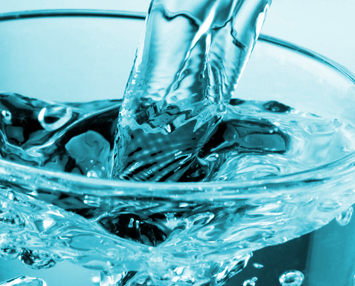Sydney shortage forecast
 The NSW Government predicts Sydney will face major water shortages within 20 years if current growth continues.
The NSW Government predicts Sydney will face major water shortages within 20 years if current growth continues.
A draft strategy on Sydney’s future water supply has been released by the New South Wales government.
It says Greater Sydney faces a 13 per cent shortfall in its water supply within 20 years if it keeps growing at its current rate, and will need between 40 to 70 gigalitres extra.
The draft strategy says the city needs to increase its supplies within 5 to 10 years, obtaining new flows from non-rainfall-dependent sources.
The state has also acknowledged that climate change will reduce rainfall and make droughts longer and more frequent.
However, the strategy does not include recycling wastewater and reusing it as drinking water, as Singapore and many European cities do.
It leans more on desalination, greater recycling of stormwater for non-potable uses, and efficiency programs.
“A secure water supply is vital and this plan ensures we are able to support economic growth as we recover from the pandemic and set the foundations for the future,” NSW water minister Melinda Pavey says.
“We need to plan now for how our growing city and region will use water wisely as Sydney’s population is set to grow to 7.1 million by 2041. During the most recent drought, our dam levels depleted faster than we’ve experienced since records began – at a rate of 20 per cent per year.
“Thankfully our dams are now full, but we need to act decisively to secure sustainable water for the long-term – by exploring options for new water sources not dependent on rainfall, by conserving more, and by doing more with less.”
The strategy suggests significant water conservation and efficiency programs could save up to 49 GL a year by 2040 at a relatively low cost.
A further 20GL per year could be produced by running Sydney’s desalination plant full time, the documents state, though this option would be controversial because of its significant power use.
It says recycled water should be used for non-potable purposes to ensure greening and cooling of new suburbs.
“We need to get better at integrating land use and development planning with how we manage water in the landscape to improve liveability and amenity,” the report states.
The strategy documents note that Sydney’s sewage system is reaching capacity with 90 per cent of the city’s wastewater being treated and piped out to sea.
The strategy proposes asking residents about their views on purifying this water for drinking.
It also proposed improving water outcomes for Aboriginal people.
“We need to plan for and manage water to support Aboriginal rights, interests and access,” the strategy states.
“Water is deeply entwined with Aboriginal culture, health and wellbeing. While engagement with Aboriginal people around water management is improving, communities still lack access to water for cultural, social and economic purposes, and the complex water management framework in NSW can be difficult to understand and engage with.”
It is on display and open for comment.







 Print
Print